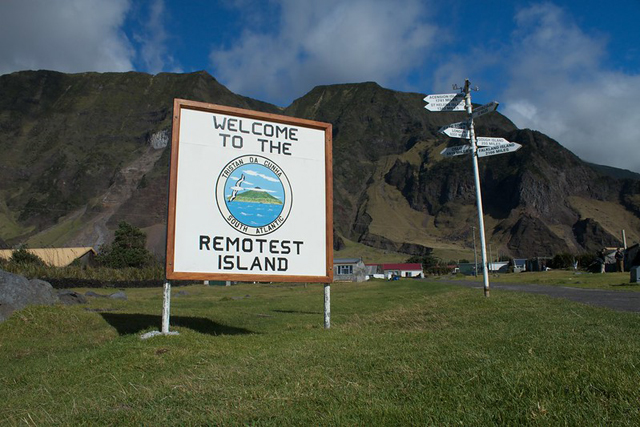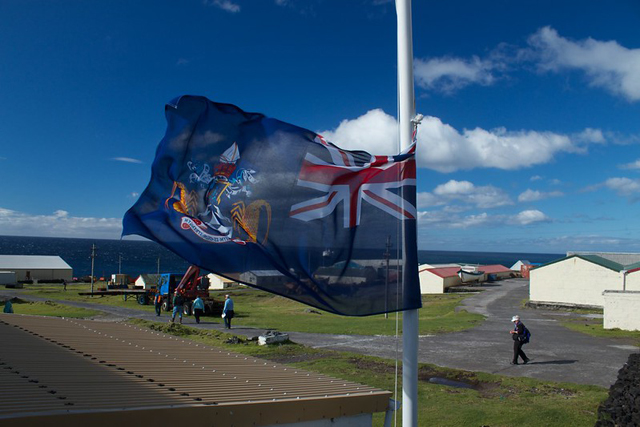Italics Magazine, an English-language online periodical covering anything related to Italy and the Italian people, published a story on November 25 about Tristan da Cunha. While the overall purpose of the piece is to review the salient facts of Tristan history, the writer, Andrea Angelini, pays special attention to the Italian seamen who settled on the island.

The author opens with the facts about the isolation of Tristan—located in the middle of the South Atlantic Ocean more than a thousand miles from any other human settlement. The island was first sighted in 1506 by the Portuguese seafarer Tristão da Cunha, after whom it was named. About 137 years later, crew members from a Dutch East India ship, the Heemstede, successfully made the first landing on the shore of Tristan.
The first people to attempt to live there were an American seal hunter, Jonathan Lambert, and two sailors, Andrew Millet and Tommaso Corri, who moved onto the island in 1810. Lambert declared the island to be his personal property. But two years later Lambert and Millet were killed in an accident which Corri, who was an Italian, couldn’t adequately explain to the British marine garrison that arrived in 1816.
When the garrison was withdrawn from the island in 1817, William Glass got permission to remain with his wife and their two children and establish a settlement. Glass became the first governor of Tristan da Cunha. Angelini observes that Tristan became the world’s only true socialist entity, where no one rules others, where there is no private ownership of property, and where work, costs, and gains are shared equally.

Additional people gradually augmented the settlement on Tristan, either due to shipwrecks, by choice, or a combination of the two. A group of five women were brought to the island in 1827 from Saint Helena and the population began to grow more rapidly. The author mentions some of the additional men who decided, as the nineteenth century went along, to settle on Tristan and establish families.
The Italians Gaetano Lavarello and Andrea Repetto, both from the town of Camogli, arrived due to shipwreck in 1892. They were crew members of a ship named the Italia carrying a load of coal from Scotland to Cape Town which caught fire in the ocean. The captain saved the lives of his 16 crew members by steering the ship onto some rocks near Tristan, where everyone could make it to the island on lifeboats.
The residents on Tristan housed and cared for them for three months until a ship stopped and offered them passage. Lavarello and Repetto refused to leave—they had fallen for two Tristanian women. They had numerous children and added their family names to the others already established on Tristan.
The author concludes his story by recounting the saga of the forced evacuation of the island in 1961 when the volcano began erupting. The islanders were housed in the UK for 18 months until a small group of them, in the spring of 1963, returned to clean up the settlement and prepare for the others. Six months later most of the rest of the islanders followed, resuming their traditions at the world’s most remote human settlement.